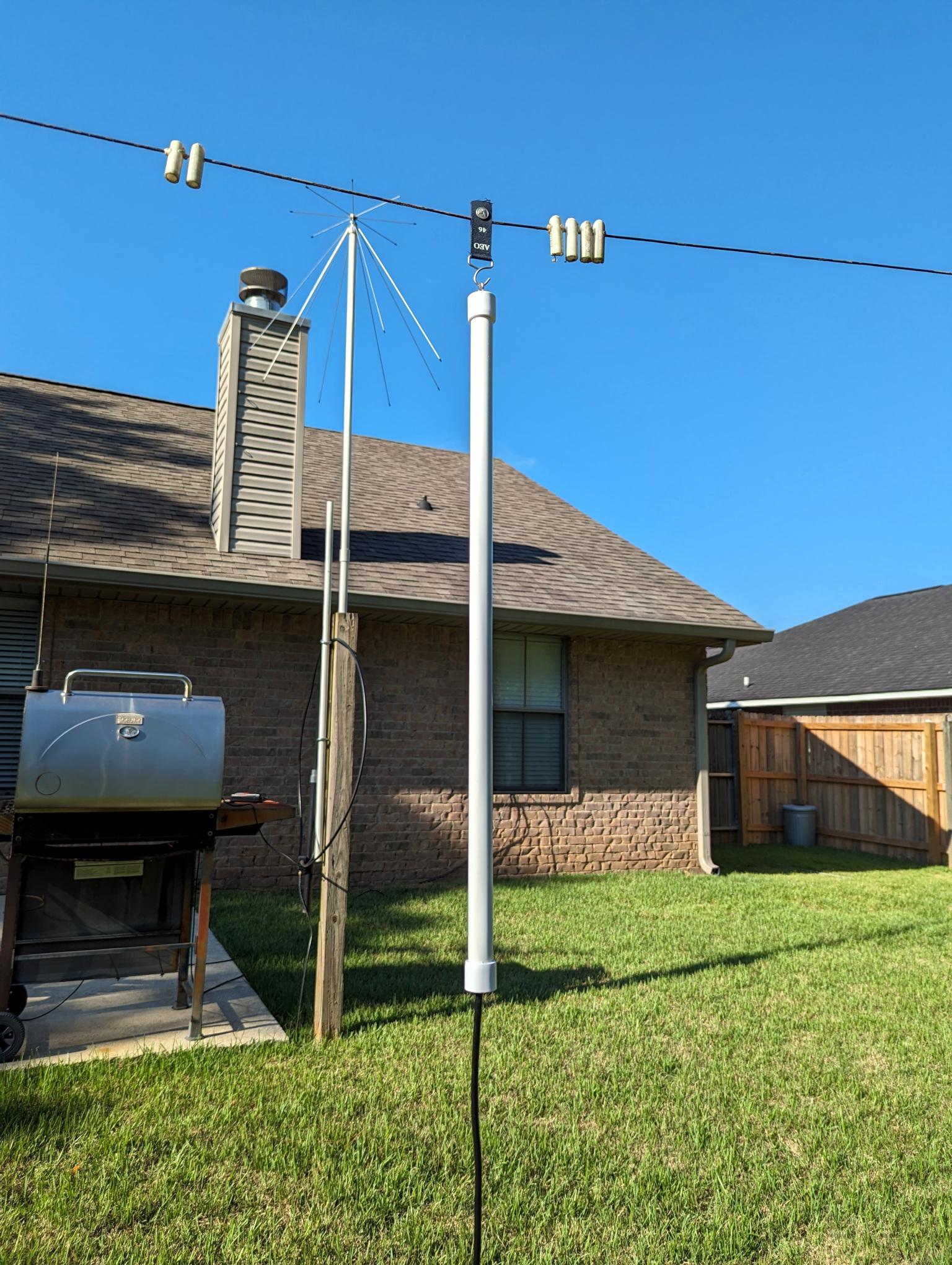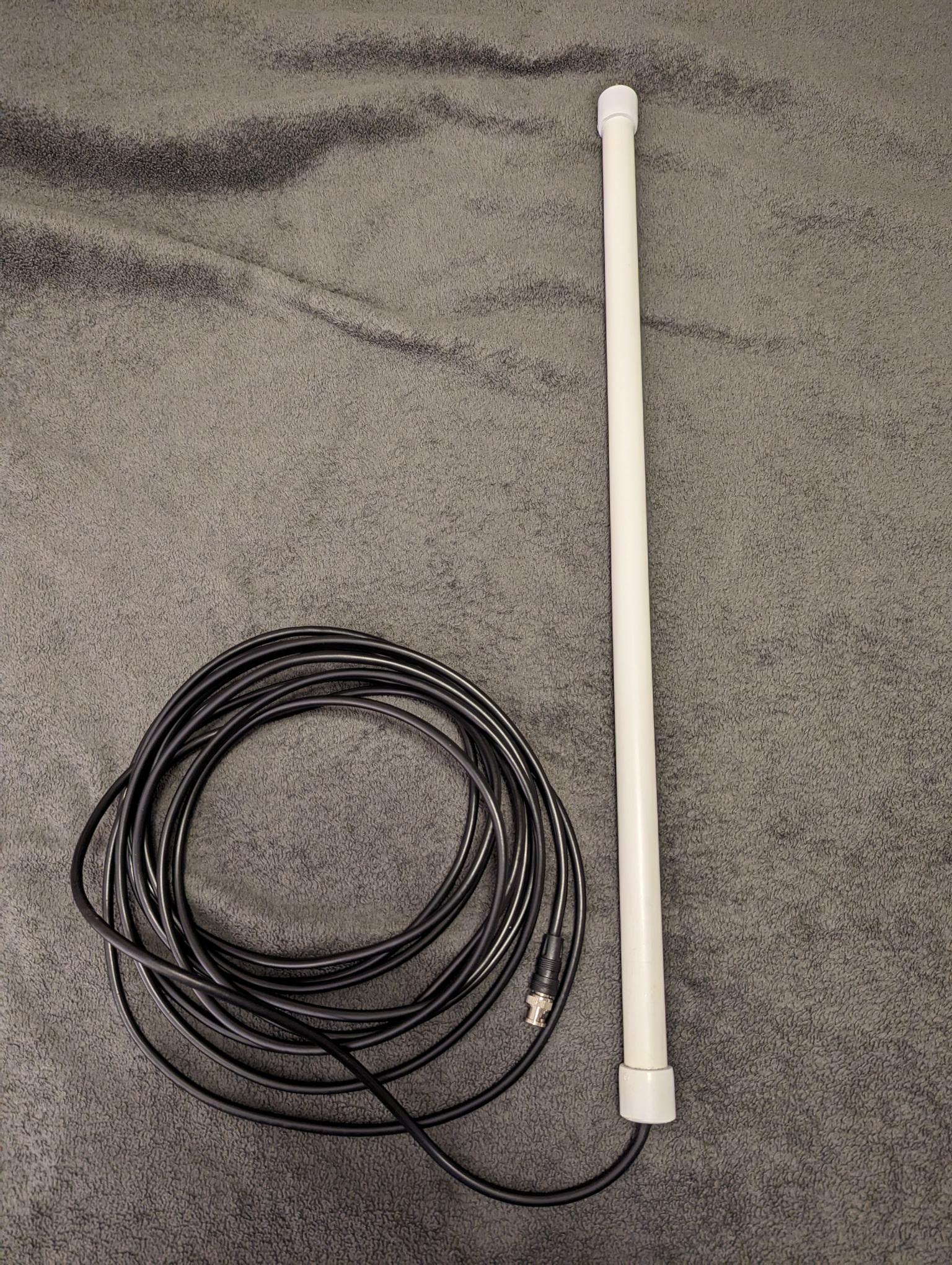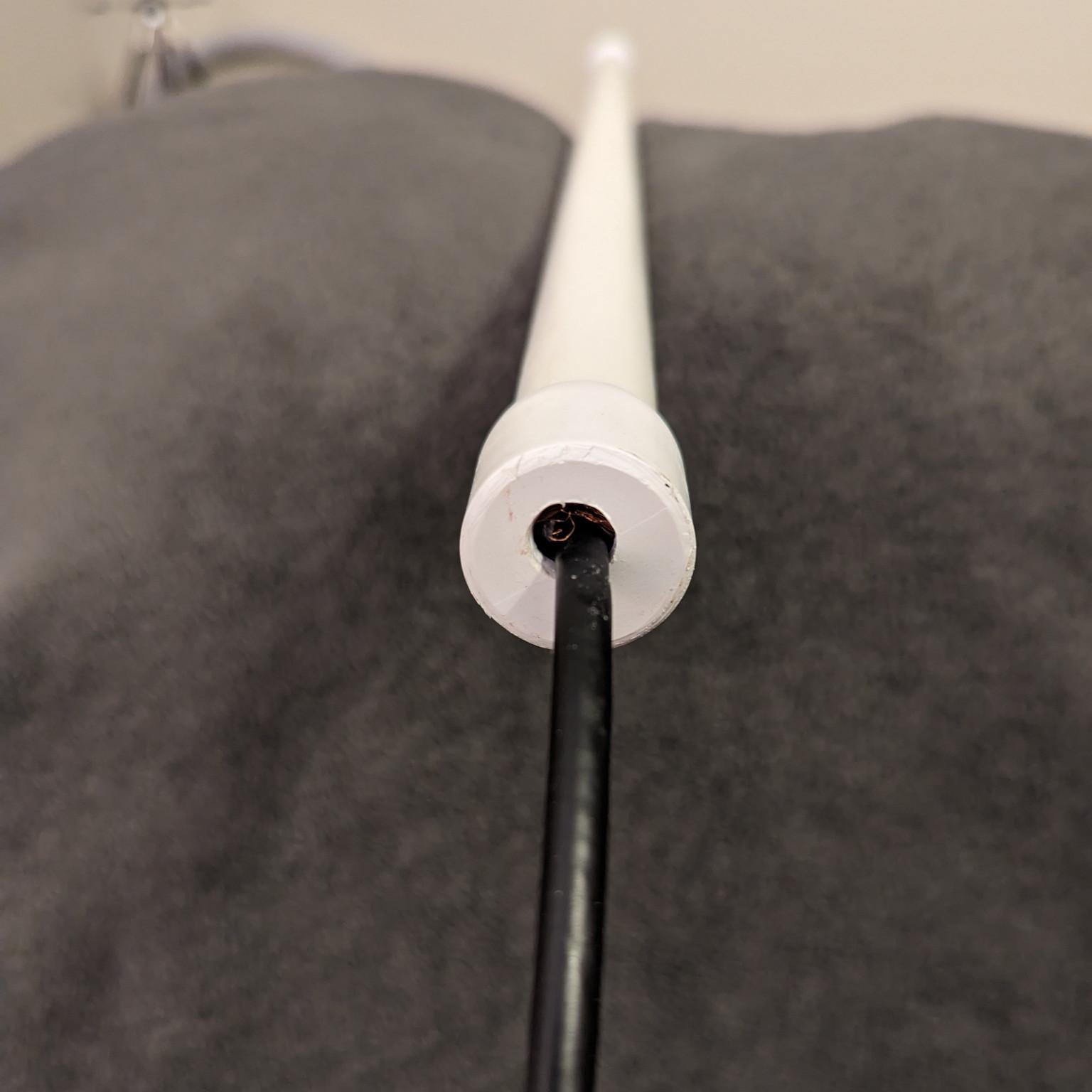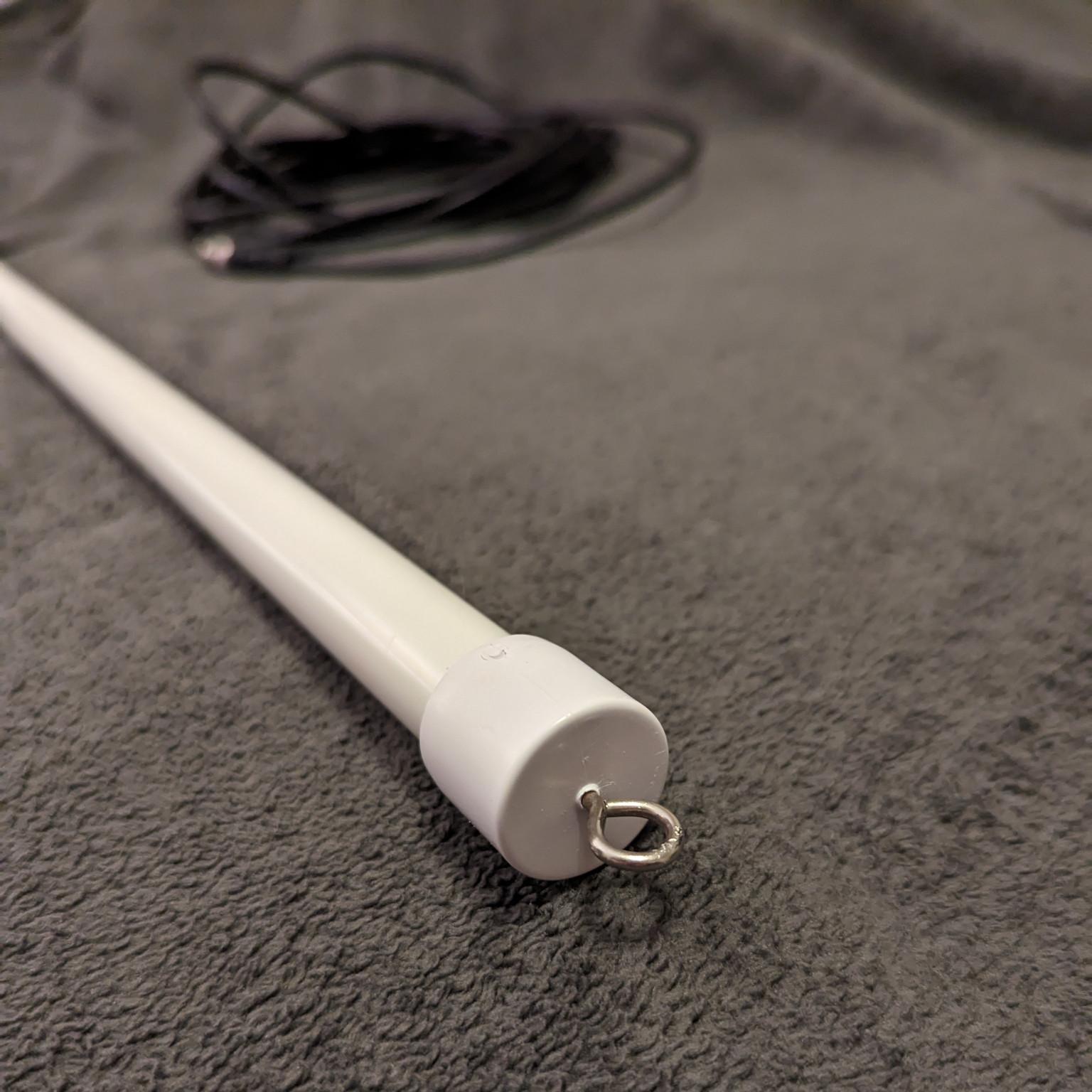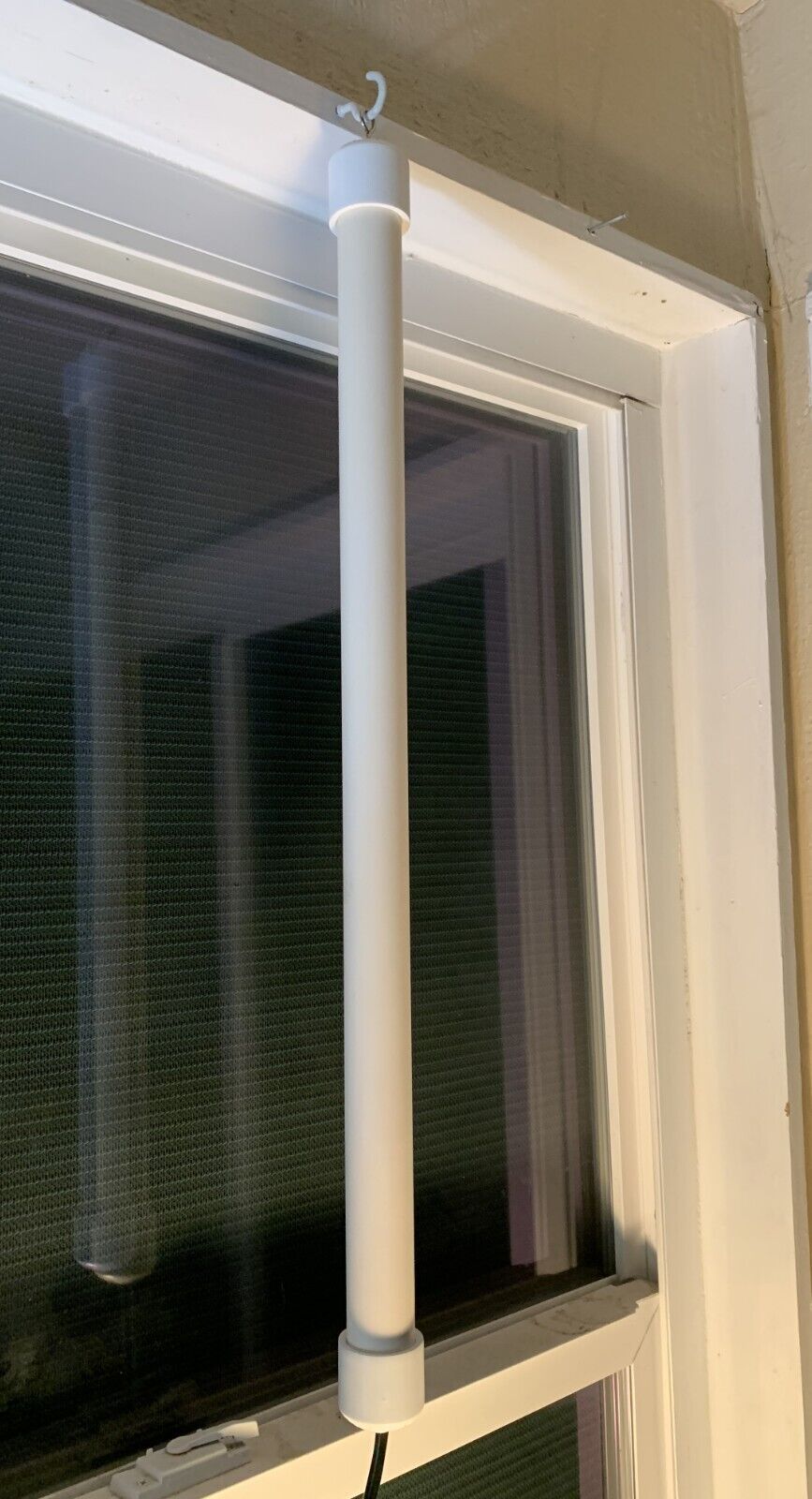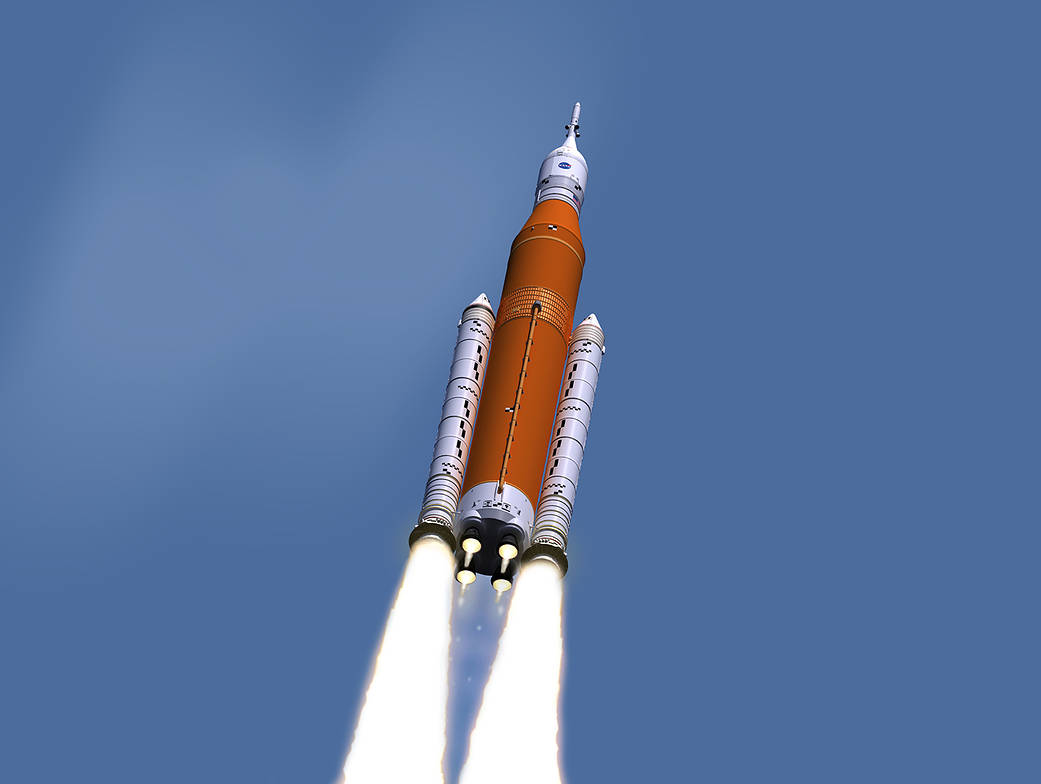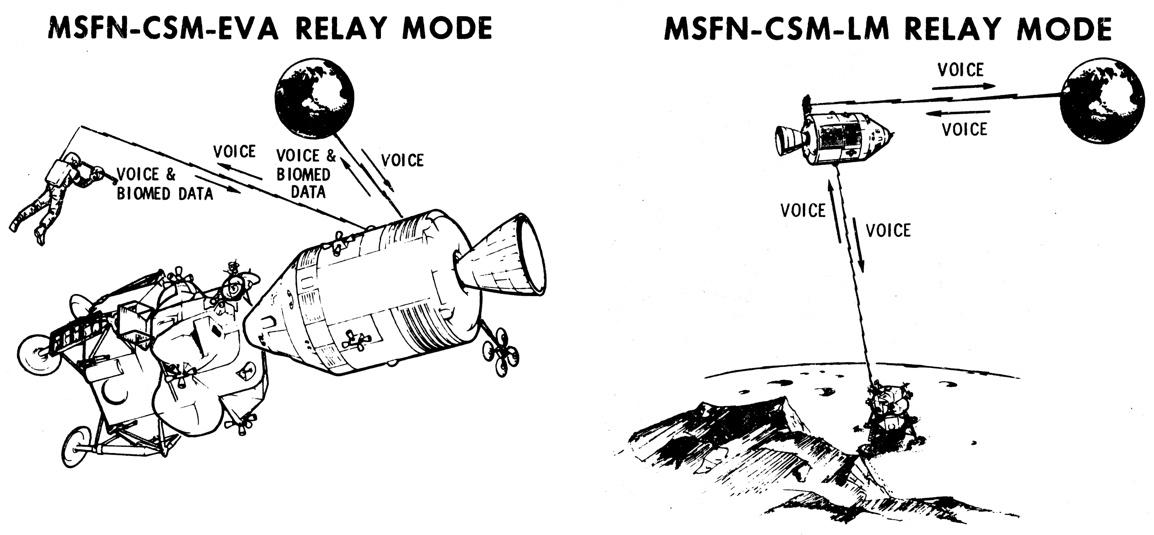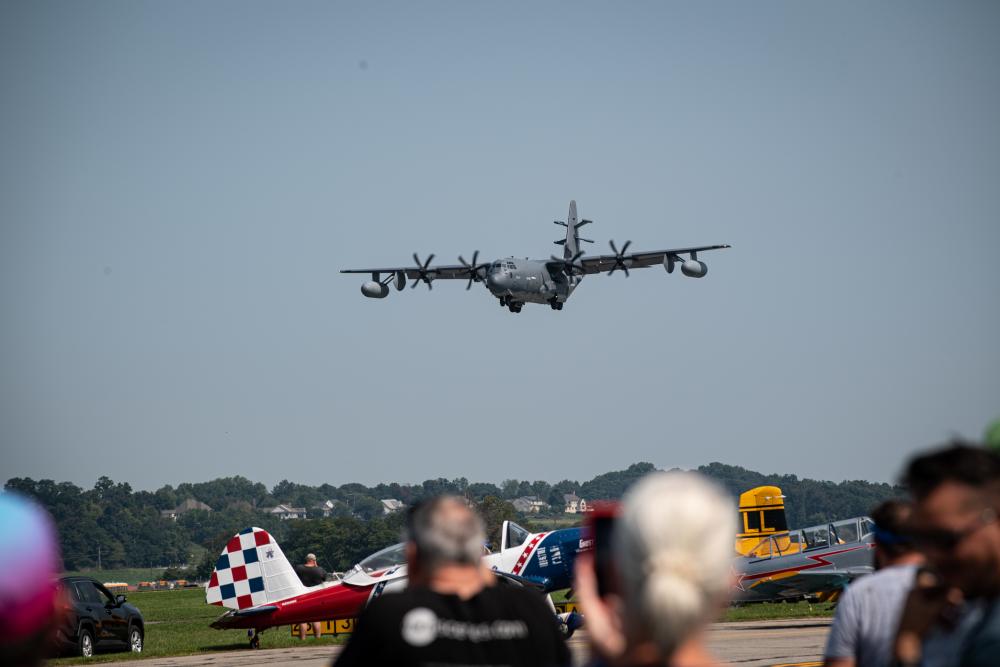
EC-130J Photo By Staff Sgt. Tony Harp | An EC-130J Commando Solo aircraft from the 193rd Special Operations Wing performs a flyover during Community Days at the Lancaster Airport in Lititz, Pennsylvania, Sept.17, 2022. (Source: DVIDS)
Radio Waves: Stories Making Waves in the World of Radio
Welcome to the SWLing Post’s Radio Waves, a collection of links to interesting stories making waves in the world of radio. Enjoy!
Built using open tools and readied for manufacturing at SkyWater using the Efabless platform, the chip on this SDR is something special.
New Hampshire-based RadioStack is looking to launch a piece of amateur radio equipment with a difference: the Maverick-603 is powered by free and open source silicon, built using the Efabless platform at a SkyWater fab.
“Maverick-603 is the first affordable FT8 receiver board built around an RF receiver chip that was designed using fully open source tools and fabrication,” its creators explain. “It is capable of acquiring FT8 signals between 7MHz and 70MHz. With this frequency range, you will be able to receive signals from around the world with high accuracy. The use of our Low Noise Amplifier (LNA) will also give the chip the ability to amplify very low-strength signals, which is necessary for an effective FT8 receiver.” [Continue reading…]
MIDDLETOWN, PA, UNITED STATES
09.17.2022
Story by Master Sgt. Alexander Farver
193rd Special Operations Wing
Airmen from the 193rd Special Operations Wing here, who operate the only flying military radio and TV broadcast platform in the U.S. military, transmitted their final broadcast today to spectators at the Community Days Air Show at Lancaster Airport, Lititz, Pa., bringing to close a 54-year chapter in unit history.
The EC-130J Commando Solo mission has helped keep this Air National Guard unit’s aircraft and its Airmen at the tip of spear for nearly every major U.S. military operation since the Vietnam War. Before bombs dropped or troops deployed in the Global War on Terror following the attacks on Sept. 11, 2001, this specially modified aircraft was already over the skies of Afghanistan broadcasting to America’s enemies that the U.S. military was bringing the fight to them.
“Any world event or crisis that our military has responded to in recent history, our 193rd Airmen – and Commando Solo – were likely key components in that response,” said Col. Eric McKissick, 193rd SOW vice commander. “As we prepare to open a new chapter in our history, we thank those who have enabled us to be among the very best wings in the Air National Guard.”
The genesis for this airborne information operations platform can be traced back to 1968 when the 193rd Tactical Electronics Warfare Group received its first aircraft, called the EC-121 Coronet Solo. In the late 1970s, the aircraft were replaced by the EC-130E before finally being replaced by the current aircraft in 2003. Throughout its history, it was instrumental in the success of coordinated military information support operations, earning the wing the moniker of “the most deployed unit in the Air National Guard.”
These deployments included: Operation Enduring Freedom, Operation Iraqi Freedom, Operations Odyssey Dawn/Unified Protector in Libya, Operation Inherent Resolve, Operation Resolute Support/Freedom’s Sentinel, Operation Secure Tomorrow and Operation Unified Response in Haiti.
Although this unique mission has earned the wing many prestigious accolades, Lt. Col. Michael Hackman, 193rd Special Operations Squadron commander, believes the mission’s success and legacy lies in winning the hearts and minds of adversaries and providing vital information to allies, refugees and victims in times of crisis.
“This capability has been an essential tool in our nation’s inventory, from the battlefields to assisting hurricane and earthquake-ravaged nations,” Hackman said. “During this time, thousands of Pennsylvania Air National Guard volunteers fulfilled their call to duty in this unique capacity, leveraging this capability against U.S. adversaries and supporting allies while always fulfilling the unit tenet of ‘Never Seen, Always Heard.’”
Aside from sporting an impressive operational record, the aircraft holds another distinction with having completed over 226,000 hours of accident-free flying.
“Having that many thousands of hours of accident-free flying is a testament to the excellence of our maintainers, to the operators and anybody who has touched that aircraft. Thank you for leaving that foundation and setting that example that we’re building from,” said Col. Jaime Ramirez, 193rd Special Operations Maintenance Group commander.
McKissick believes the success of the 193rd in operating the Commando Solo mission over the past few decades has led to Air Force Special Operations Command selecting the wing to be the first and only ANG unit to operate the MC-130J Commando II. The Commando II flies clandestine, or low visibility, single or multiship, low-level infiltration, exfiltration and resupply of special operations forces, by airdrop or airland and air refueling missions for special operations helicopters and tiltrotor aircraft, intruding politically sensitive or hostile territories.
“Today we honor the men and women, past and present, who have served this unit and mission with unparalleled distinction,” said McKissick. “The Airmen who came before us created an enduring culture and spirit of hard work, innovation and grit. We thank them for that, and we will do our best to carry this forward.”
The final broadcast of the EC-130J was transmitted to the ground and played at the Community Days Air Show at Lancaster Airport. In the transmission, the wing thanked the local community for their support over the past 54 years before broadcasting the Santo and Johnny song, “Sleepwalk.” The transmission ended with the phrase, “Commando Solo, music off.” [Read the full article here…]
The new owners of the World Radio TV Handbook who like your input as readers. Please click on this link and share your opinions with them!
The South Eastern Amateur Radio Group (EI2WRC) will be active from The Waterford and Suir Valley Railway station Kilmeaden, Co. Waterford for the ‘Railways On The Air‘ event on Sunday, the 25th of September.
WSVR is a community heritage project. The project has enabled the magic of rails golden age to be brought to life in Kilmeaden. A heritage narrow gauge railway runs along 17 kilometres of the abandoned Waterford to Dungarvan line.
The South Eastern Amateur Radio Group would like to thank the manager Maria Kyte and all the staff of The Waterford and Suir Valley Railway for all their help and allowing us access to the station to do this event again this year. For more information about the WSVR please see www.wsvrailway.ie .
The September meeting of the South Eastern Amateur Radio Group EI2WRC will take place on Monday, the 26th of September 2022 at 8.00 p.m. sharp at The Sweep Bar, Adamstown, Kilmeaden, Co. Waterford, Eircode X91 H588. New members or anyone interested in learning more about amateur radio or the group are as always very welcome to attend.
For anyone that wishes to find out more about the South Eastern Amateur Radio Group and their activities you can drop them an email to southeasternarg /at/ gmail.com or please feel free to go along to any of their meetings. You can check their website www.searg.ie and you can also join them on Facebook and follow them on Twitter.
Do you enjoy the SWLing Post?
Please consider supporting us via Patreon or our Coffee Fund!
Your support makes articles like this one possible. Thank you!



